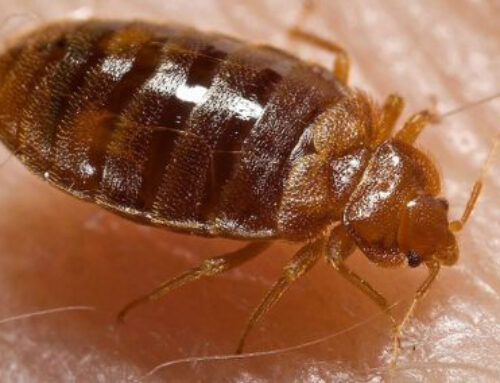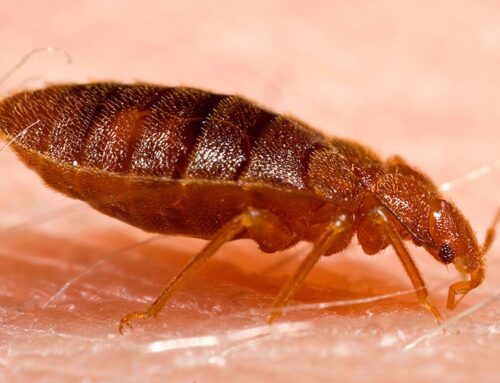Sneaky parasites called bed bugs may enter your house undetected. They are hard to find as they lurk under furniture, mattresses, and even little gaps. These fast multiplying insects may move from one room to another. If left unchecked, they might start to cause major issues. Knowing the early indicators of an infestation will enable you to act before it spirals out of control, therefore safeguarding your house and guaranteeing a pleasant place of living.

Common Signs of Bed Bugs
Unexplained Bites on Your Skin
If you wake up with red, itchy spots on your body, you might have bed bugs. These bites often occur in straight lines or little groups, particularly on exposed parts of the body including the neck, arms, and legs. Although not everyone is affected by the bites, some people may experience irritation and swelling.
Tiny Blood Stains on Bedding
Your pillowcases or linens may have crushed bed bugs if you see tiny, rust-colored patches on them. Blood traces are occasionally left behind when these bugs are smashed during feeding. Examine your pajamas, blankets, and mattress for any odd stains.
Dark Specks on Mattresses and Furniture
The droppings of bed bugs resemble tiny ink marks or black pepper flakes. These patches might show up on your headboard, mattress seams, or adjacent furniture. Wiping them with a moist cloth may cause them to smear, indicating their existence.
Shed Skins and Eggshells
The bed bugs’ outer shells fall off as they become bigger. Common locations for these microscopic, pale-yellow skins include baseboards, furniture gaps, and mattress seams. There may also be tiny, white eggs that are about the size of a pinhead.
A Musty Odor in the Room
If there is a strong, disagreeable smell coming from your bedroom, you might have a bed bug infestation. Particularly in larger infestations, the pheromones released by these pests may produce a musty odor. Examine the room for further indications of bed bugs if the odor persists after routine cleaning.
Where to Check for Bed Bugs
Mattresses and Box Springs
Inspect the edges, folds, and seams of your box spring and mattress. Bed bugs like to spend the day hidden in these places and emerge at night to eat. To inspect deep crevices, use a flashlight.
Furniture and Upholstery
Pay great attention to the seats, sofas, and even the drapes. Furniture crevices, cushions, and seams may all harbor bed bugs. Additionally, they may be discovered within the joints of wooden furniture.
Cracks and Crevices in Walls
These bugs may scuttle behind baseboards, beneath peeling wallpaper, and into small spaces in walls. Check these locations with a flashlight if you think there may be an infestation.
What to Do Next
If you see any indications of bed bugs in your house, act right away. TWashing and drying your bedding on high heat can help reduce their numbers. They may have fewer hiding spots if you vacuum and seal cracks on a regular basis. However, if the problem persists, residential pest control services may be necessary to fully eliminate them.
Sleep Peacefully Again by Stopping Bed Bugs Early
Bed bugs can spread quickly and become difficult to remove if treatment is delayed. They may be identified by looking for black spots, shed skins, tiny bloodstains, and an odd smell. Inspect furniture, beds, and wall cracks for any concealed bugs. Take quick action to stop bed bugs from spreading if you see these signs. Keeping these pests under control may need a clean environment and expert assistance.
Keep your house free of bed bugs! In order to permanently eradicate these pests, Bed Bug Assassins offers a quick and efficient treatment. For professional treatments and a house free of bed bugs, get in touch with us immediately. To restore your peace of mind, give us a call right away!





